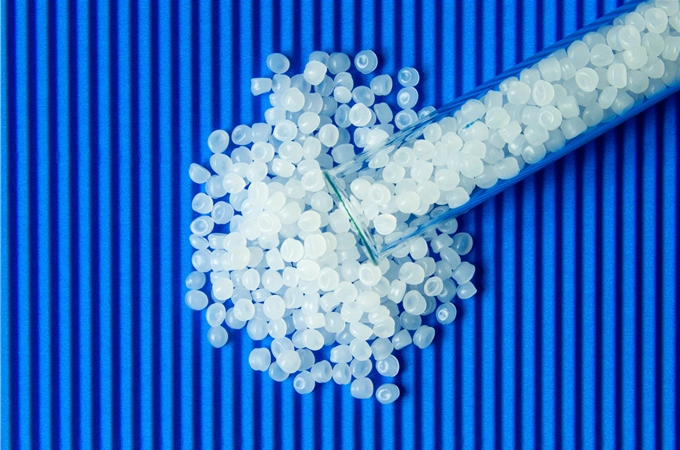1. Introduction to Silicone Rubber
Silicone rubber polymer molecule is a chain structure formed by Si-O (silicon-oxygen) bonds, and its main composition is linear polysiloxane with high molar mass. Since the Si-O-Si bond is the basic bond type, the silicon atom is mainly connected to the methyl group, and a very small amount of unsaturated groups are introduced on the side chain, the intermolecular force is small, and the molecule has a helical structure. The methyl groups are arranged outwards and can rotate freely, so that silicone rubber has better heat resistance, electrical insulation, and chemical stability than other ordinary rubbers. A typical silicone rubber, polydioxymethylene siloxane, has a spiral molecular configuration, and its intermolecular stress is small, so it has good resilience. At the same time, the formaldehyde group pointing out of the spiral can rotate freely, so that the silicone rubber has unique surface properties, such as water repellency and surface anti-sticking.
2. The main features and uses of silicone rubber:
Heat resistance: Since silicone rubber produced by our silicone products manufacturer has much better heat resistance than ordinary rubber, the use of silicone rubber can be various. It can be used almost permanently at 150°C without performance changes; it can be used continuously at 200°C for 10,000 hours; it can also be used at 350°C for a period of time. It is widely used in occasions requiring heat resistance: thermos bottle sealing ring, pressure cooker heat-resistant handle.
Cold resistance: Ordinary rubber will gradually lose its elasticity at a low temperature below -20~-30℃, while silicone rubber still has good elasticity at -60~-70℃. Some specially formulated silicone rubbers can also withstand extremely low temperatures and can be used for low-temperature sealing rings.
Weather resistance: Ordinary rubber is rapidly degraded under the action of ozone generated by corona discharge, while weather resistance is one of silicone elastomer properties because silicone rubber is not affected by ozone. And under long-term ultraviolet and other climatic conditions, its physical properties have only slight changes. It is a sealing material for outdoor use.
Electrical properties: Silicone rubber has a high resistivity and its resistance remains stable in a wide range of temperature and frequency. At the same time, silicone rubber has good resistance to high-voltage corona discharge and arc discharge. It can be used for high-voltage insulators, TV high-voltage caps, electrical parts, and others.
Conductivity: When conductive fillers (such as carbon black) are added, silicone rubber has conductive contact points for the keyboard.
Thermal conductivity: When certain thermally conductive fillers are added, silicone rubber has thermal conductivity. It can be used for heat sinks, thermally conductive gaskets, copiers, fax machines, and thermally conductive rollers.
Radiation: The radiation resistance of silicone rubber containing phenylsilane groups is greatly improved. It can be used for electrical insulated cables, connectors for nuclear power plants, etc.
Flame retardancy: Silicone rubber itself is combustible, but when a small amount of flame retardant is added, it has flame retardancy and self-extinguishing; And because silicone rubber does not contain organic halides, it does not emit smoke or toxic gas when burned, and is suitable for various occasions with strict fire protection.
Air permeability: Silicone rubber film has better air permeability than ordinary rubber and plastic waxed films. Another feature is its strong selectivity to different air permeability. It can be used for gas exchange membrane medical supplies and artificial organs.
 English
English 日本語
日本語 한국어
한국어 français
français Deutsch
Deutsch Español
Español italiano
italiano русский
русский português
português العربية
العربية tiếng việt
tiếng việt


